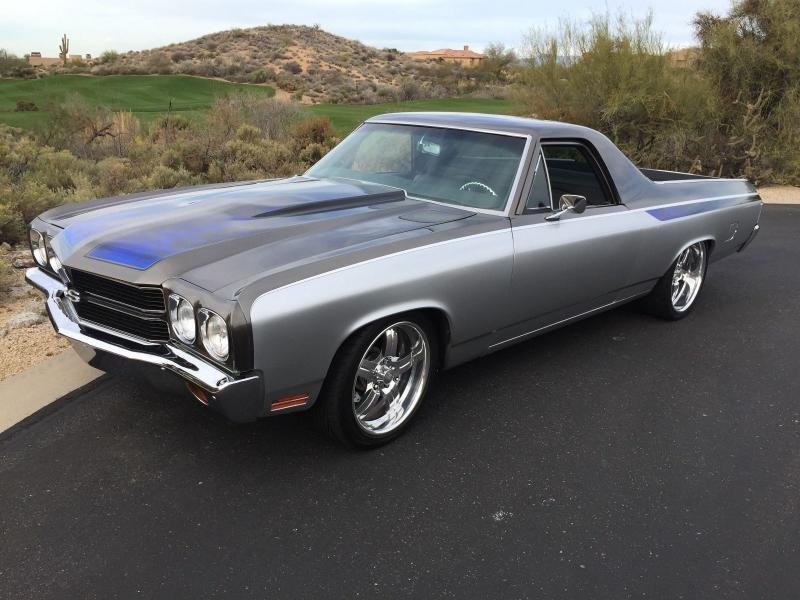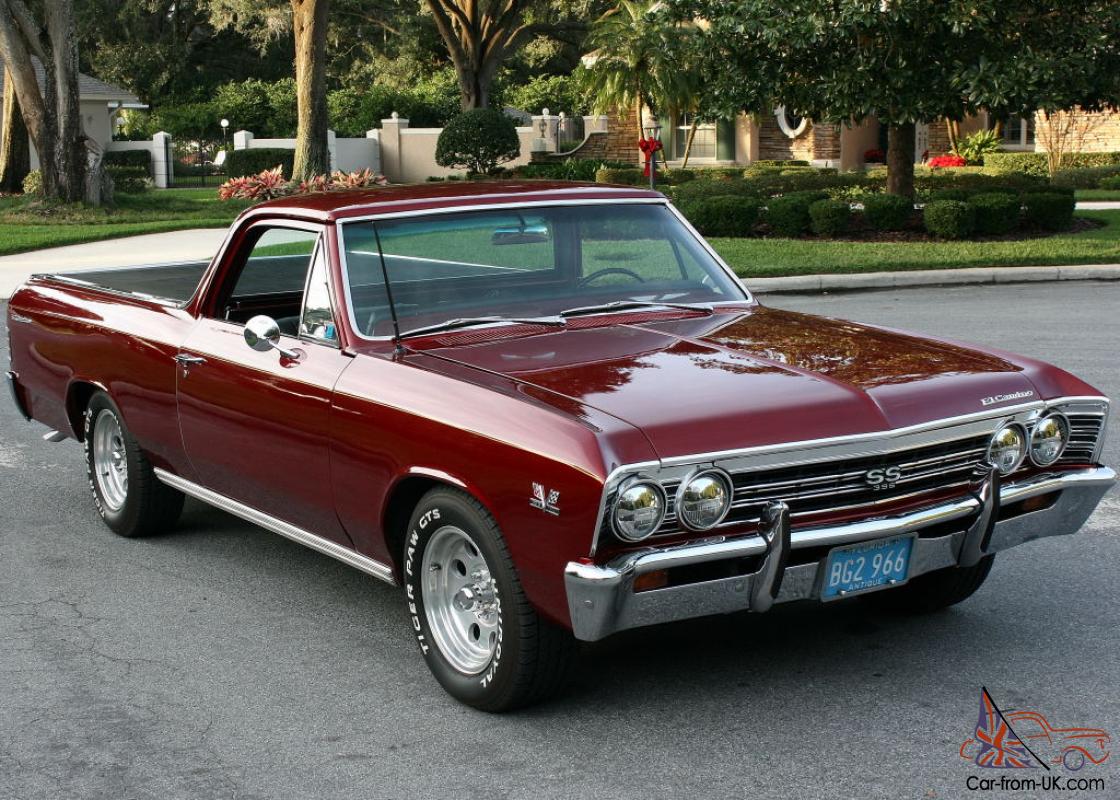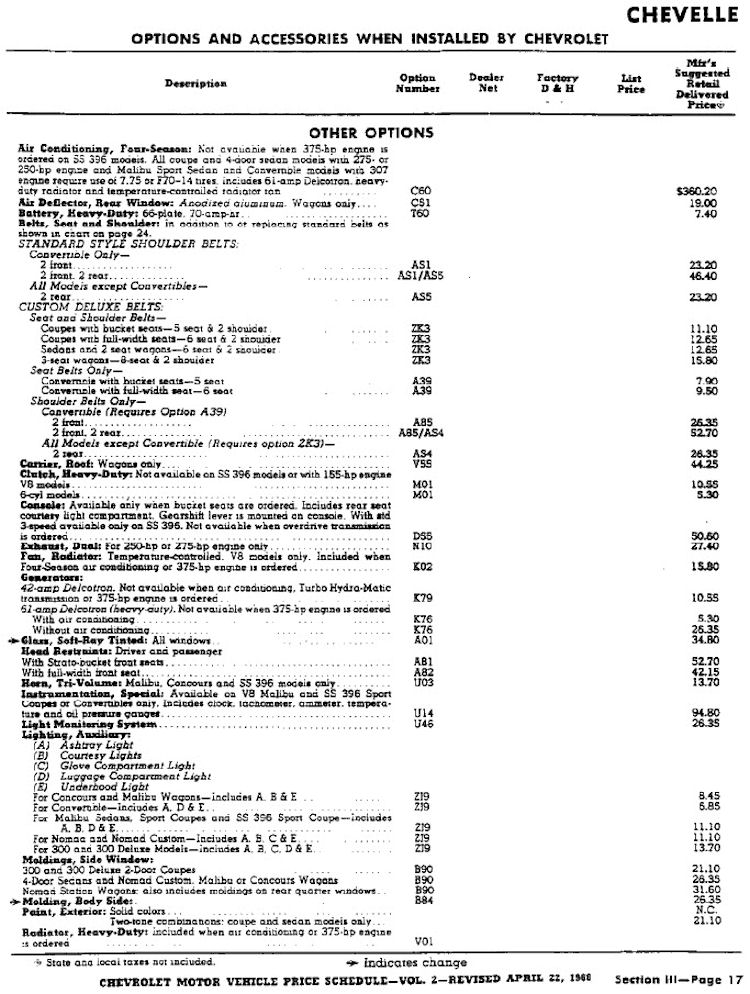


They were also aware, of course, that Ford was still very much in the game with the new compact Ranchero, which was selling well. They had liked the extra sales provided by the half car/half truck. Some Chevrolet dealers were disappointed with the El Camino being dropped for 1961. Skowronski's very first assignment: help Chevrolet Truck Sales Manager James Conlon and his product planners research a replacement for the 1960 El Camino. When Eugene "Geno" Skowronski reported to work at Campbell-Ewald Advertising, Chevrolet's ad agency, on September 8, 1960, it was the start of a career that would span more than three decades and include dozens of new-vehicle introductions. However, your author did locate a member of the original concept team who well remembers the story of how the intermediate El Camino came to be. The exact chronology of events and who did what to bring the El Camino revival to market have become murky with the passage of time. However, when Chevrolet unveiled a new El Camino in 1964, Ford was immediately put on the defensive. The Falcon Ranchero consistently rang up around 20,000 sales per model year from 1960 to 1963.

Meanwhile, Ford was busy transforming the Ranchero into a much smaller offering based on its new-for-1960 Falcon compact. Chevrolet responded with its like-sized El Camino in '59, but would build it that way for only two model years. See more pictures of Chevrolet cars.įord, of course, had fired the first round in the sedan-pickup battle with its Ranchero, built from 1957 to 1959 on the full-size Ford platform. The 1965 El Camino combined the moderate size of a car with the performance of a truck.


 0 kommentar(er)
0 kommentar(er)
